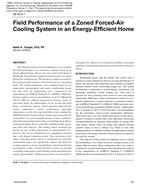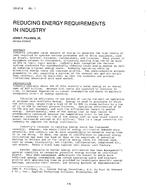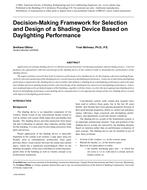Click here to purchase
This paper presents a framework that employs an agent based model (ABM) to examine and understand the impact of occupants’ thermal behavior in a commercial building. The proposed simulation framework has two main objectives. The first objective is to model and understand the behavior of occupants in their workplace environment while taking into account the influence of thermal conditions on the behavioral decision-making. The four main behaviors that are studied correspond to the agent’s adjusting of clo level, shades use, thermostat use, and personal fan use. The second objective is to quantify the financial and profitability losses due to thermal discomfort in an air-conditioned office by examining the effect of thermal dissatisfaction on productivity, absenteeism and complaint rates. Simulated agents in the proposed ABM framework behave according to the Fogg Behavior Model, where two main elements must converge at the same time for a certain behavior to occur; motivation and ability.
Citation: 3rd Intl Conf: Efficient Bldg Design
Product Details
- Published:
- 2018
- Number of Pages:
- 9
- Units of Measure:
- Dual
- File Size:
- 1 file , 1.8 MB
- Product Code(s):
- D-ICEB18-C018


